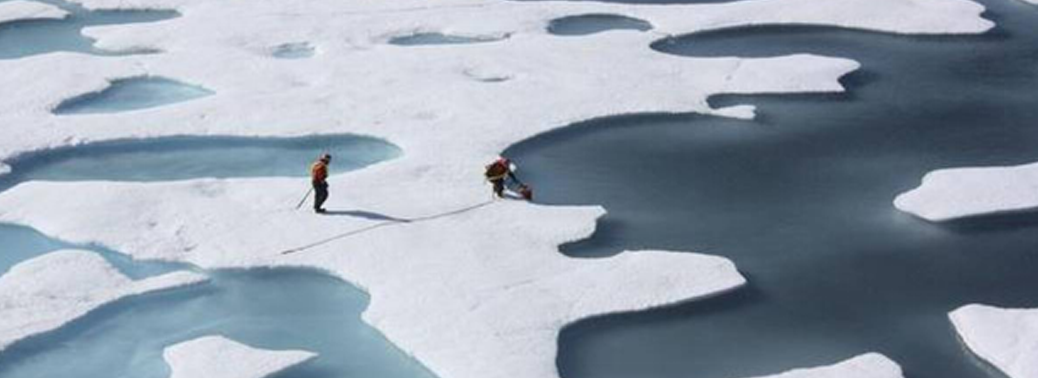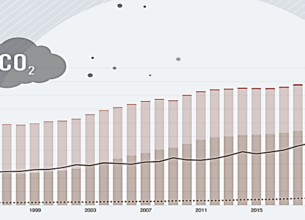ARCTIC ICE MELT CAN DISRUPT OCEAN CURRENTS AND ALTER CLIMATE IN WESTERN EUROPE
11, Feb 2020

Prelims level : Climate Change and its Impact
Mains level : GS-III Conservation, Environmental Pollution and Degradation, Environmental Impact Assessment.
Why in News?
- Researchers have discovered how an ocean water current, which plays a key role in keeping Western Europe warm, could be altered by an influx of large amounts of cold, fresh water from melting ice in the Arctic.
Highlights:
- The researchers said this fresh water is important in the Arctic since it floats above the warmer, salty water, and helps protect the sea ice from melting – in turn regulating the Earth’s climate.
- The seawater current called the Beaufort Gyre keeps the polar environment in balance by storing fresh water near the surface of the Arctic ocean.
- Wind blows the gyre in a clockwise direction around the western Arctic Ocean, north of Canada, where it naturally collects fresh water from the melting of glaciers, and river runoff.
- As the fresh water is slowly released by the gyre into the Atlantic Ocean over a period of decades, it allows the Atlantic Ocean currents to carry it away in small amounts.
- Since the 1990s, the gyre has accumulated a large amount of fresh water – 8,000 cubic kilometres. The cause of this gain in freshwater concentration is the loss of sea ice in summer and autumn.
- Due to this decades-long decline of the Arctic’s summertime ice cover, the Beaufort Gyre is more exposed to the wind, which has spun the gyre faster, trapping the fresh water in its current.
- The westerly winds have also persistently dragged the current in one direction for over 20 years, increasing its speed and size, as well as preventing the fresh water from leaving the Arctic Ocean.
- If the wind changes direction again, it could reverse the current, pulling it counterclockwise and releasing the water it has accumulated all at once.
- If the Beaufort Gyre were to release the excess fresh water into the Atlantic Ocean, it could potentially slow down its circulation. And that would have hemisphere-wide implications for the climate, especially in Western Europe.
- While the increased turbulence has helped keep the system balanced, it may also lead to further ice melt since it mixes layers of cold, fresh water with relatively warm, salt water below.
Importance of Beaufort Gyre:
- Water from the Arctic loses heat and moisture to the atmosphere, and sinks to the bottom of the ocean, where it drives water from the north Atlantic Ocean down to the tropics in a conveyor-belt-like current called the Atlantic Meridional Overturning Circulation.
- This current helps regulate the planet’s climate by carrying heat from the tropically-warmed water to northern latitudes like Europe and North America, and if it is slowed down, it could negatively impact all life forms, especially marine creatures.














